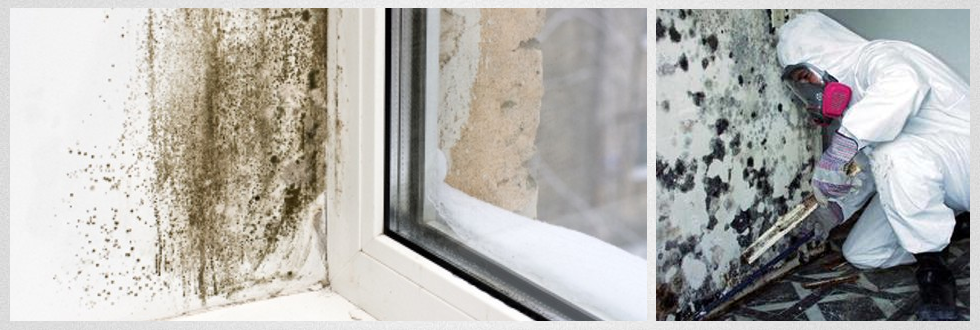What To Do If You Think Your Home Has A Mold Problem

Mold growth is an expensive, dangerous issue that affects millions of families. One of the worst parts of a mold problem is the fact that it can occur stealthily, meaning that the people living with and breathing in mold are less likely to notice that a problem even exists until it is well established. Fortunately, there are some steps you can take if you think your home may have a mold problem.
Mold requires humidity and an organic substrate to grow. That means that your search should begin around cracks in foundations, pipes, HVAC systems, and gutters. Professionals who install gutters in Indianapolis suggest that if you have old rain gutters, this is the first place you look. If you have old gutters, water can leak in your home, causing mold. Unfortunately, it only takes a little bit of water to seep in from a leaky gutter or cracked foundation to start a mold problem. However this indicates the first place to look for a mold problem.

Mold isn’t the only thing that loves humidity– mildew does, too. While both mold and mildew are types of fungi, they have distinctive appearances that can help homeowners differentiate between a nuisance mildew problem and a potentially dangerous mold problem. A key difference is that mildew is flat while mold has a filamentous, fuzzy, or sooty appearance. Make sure that you know the difference, so that you can figure out how to properly treat the problem.
Mold is dangerous because it contains mycotoxins and emits spores. Spores are dangerous because they can trigger allergies or asthma attacks in susceptible people. Even those without existing allergies can develop them by becoming sensitized to mold spores in their homes. Mycotoxins are dangerous because they are poisons that can’t be detected by sight, scent, or taste, and are in absolutely every part of mold. That means that inhaling spores or dried mold dust, or even just touching mold, exposes people to mycotoxins. Always wear gloves and a mask when looking for or handling anything contaminated by mold. Some people don’t take this very seriously, but taking the right precautions will allow you to keep you (and your family) safe.
Even if you don’t see any mold, that doesn’t mean it doesn’t exist. Mold grows well in damp, hard-to-reach areas that may not be subjected to a visual inspection all that easily. Mold remediation companies offer professional mold testing services, and will help homeowners remove mold from their homes safely, efficiently, and completely. Even if you have the smallest inclination that there could be mold, it is worth it to call someone to check it out. You should have these inspections every few years, or every year if you live in a particularly damp or rainy area. It will cost you a lot more to repair damage done by mold than it will to pay someone for an inspection every now and then. Once again, it’s important to know the facts about mold so you can call the professionals at the proper time.
Mold problems can be scary, but they aren’t insurmountable. With the right knowledge and some common sense precautions, homeowners can find and get rid of dangerous mold.
